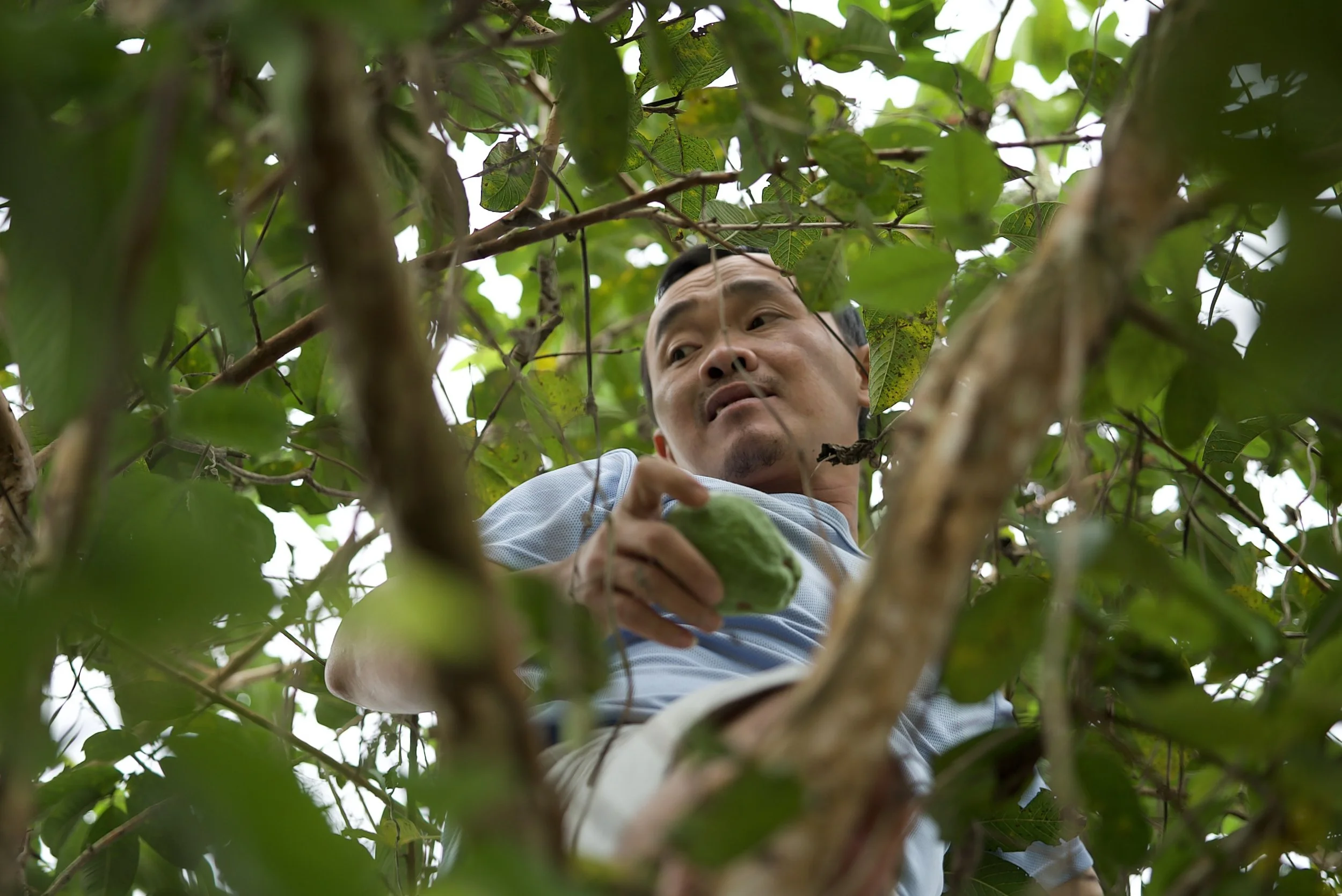BLU-26/B, BLU-62/B.
Bom bi quả ổi BLU-26/B (Guava Bombs BLU-26/B)
Bom chùm (Cluster Bombs)
Developed by the US for the war in Vietnam, BLU-26B are known locally as Guava Bombs. Filled with tiny ball bearings, these bomblets were designed for low specificity and maximum bodily injury.
The BLU-63B was developed in 1966 to reduce the cost of producing the BLU-26B. The ball bearings were replaced with a scored internal layer that would itself become the shrapnel on detonation.
Following the end of the War in Vietnam, these cluster bombs were diverted for use in the South of Lebanon wars in 1978, 1982, 2006 and reportedly currently still being used in 2023-25.
Although production of these bombs was stopped in 2008, more than 51 countries still hold stockpiles and have continued to use these cluster bombs in conflicts including Kosovo, Afghanistan, Ukraine and Gaza.
It is estimated that 40-70% of cluster bombs fail to detonate, remaining as unexploded ordinances, becoming embedded in the landscape. Even after 50 years after war, unexploded bombs in Cambodia, Vietnam and Laos remain a significant roadblock to economic recovery and food production.
This work in process seeks to paint every guava fruit consumed by the artist. Replacing the mechanical imagery of the cluster bomb with a family tale that claims that guava seeds must be never ingested. If not careful, the seeds become trapped in the intestines, lying dormant until the unfortunate person falls asleep on bare ground. Overnight, a tree sprouts from the gut to consume the host, in time the tree fruits to entrap another generation of unfortunate seed eaters.







